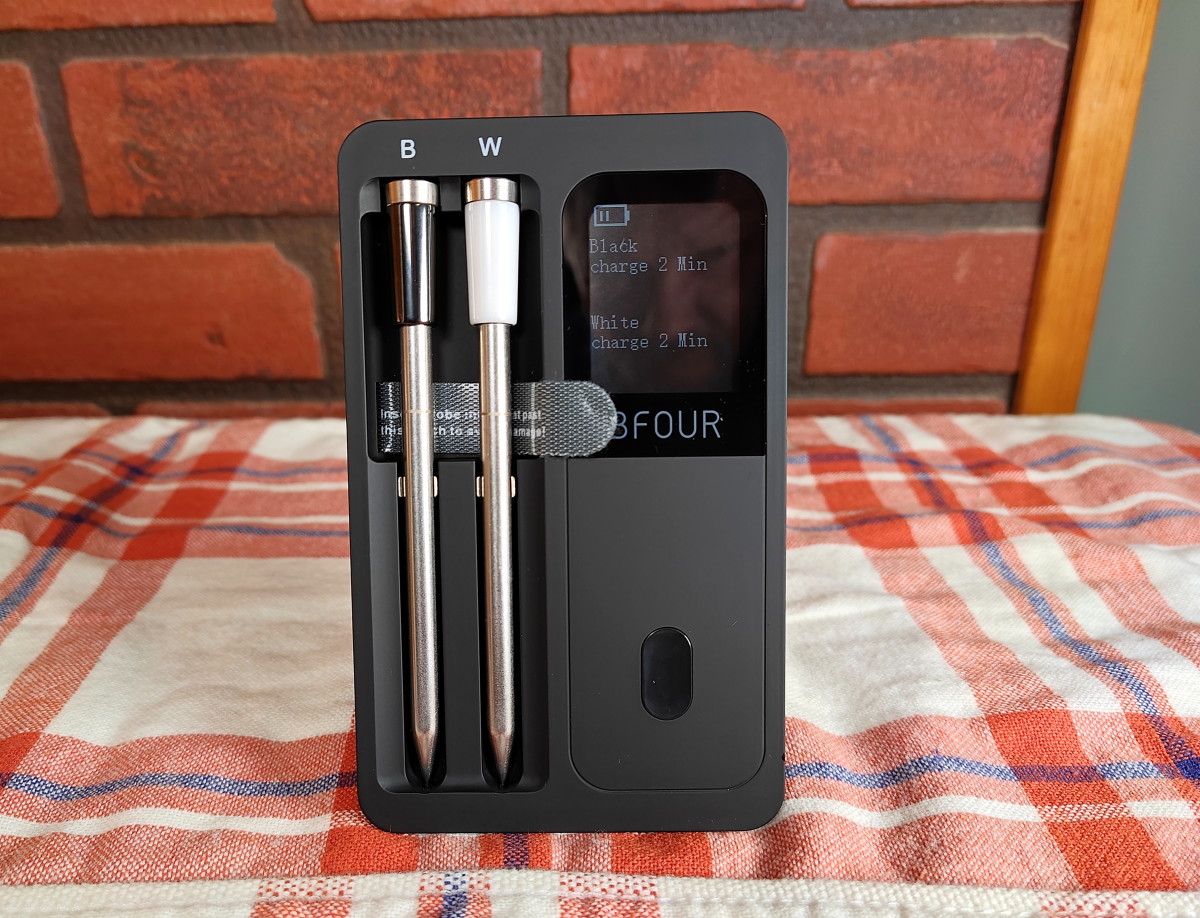Think you know when you have a fever? Probably better than the thermometer does!
New developments
It's long been thought that normal body temperature [in humans] is 98.6 degrees Fahrenheit. Well, here's the first problem: That data is based on a flawed study from 1868, by Carl Reinhold August Wunderlich, a 19th-century German physician ...using a thermometer that later checked out against digital thermometers to be between 2.9 degrees and 3.2 degrees higher.
The thermometer used is old, yes, but age shouldn't have effected its accuracy. It has no moving parts, thus not subject to wear over time. Although the sample range was huge, around 25000 people, the data's not reliable. That said, the benchmark of 100.4 degrees Fahrenheit, the one commonly used to signify a fever is wrong, too. Some researchers suggest that as low as 99.5 could be a fever.
There are several other problems. That data was collected by placing the faulty thermometer under a patient's arm. This method routinely produces lower temperatures, and is much less reliable.
Add to that, body temperature is generally lower in the morning, and often rises throughout the day. So, 99 in the morning is more significant than 99 in the evening. Also, woman have higher core body temps, especially during ovulation or pregnancy..
An emerging theory in the medical community, that fever reducing drugs may prolong illness is easily explained. In the case of many illnesses, pyrogens are transported to the hypothalamus gland (the body's thermostat) causing an increase in core body temperature. This, in turn creates a less favorable environment for pathogens to replicate.
Based on these findings the CDC now suggests if you feel like you have a fever, you probably do. This includes feeling warm to the touch.
Since this idea is in its infancy, and more studies need to be performed, none of this new data should replace the advice of your doctor.








